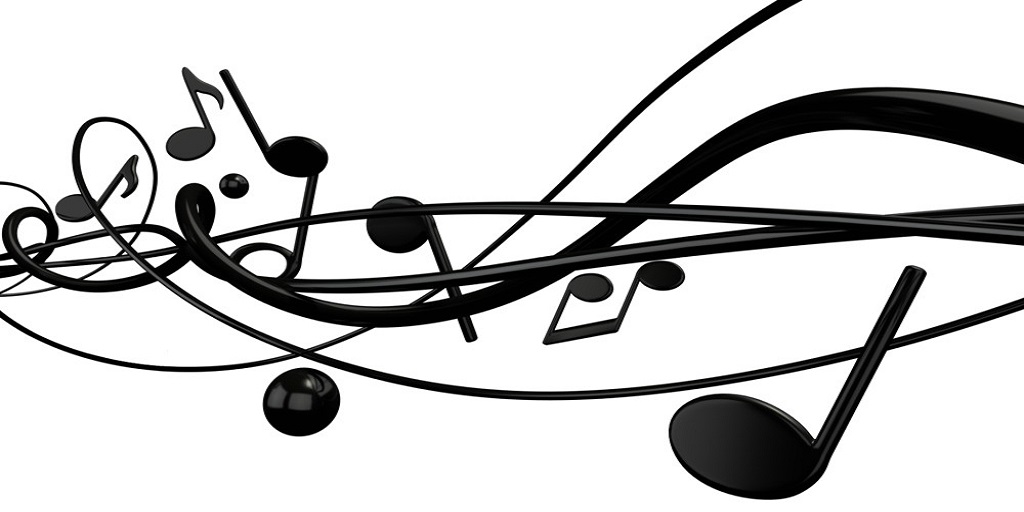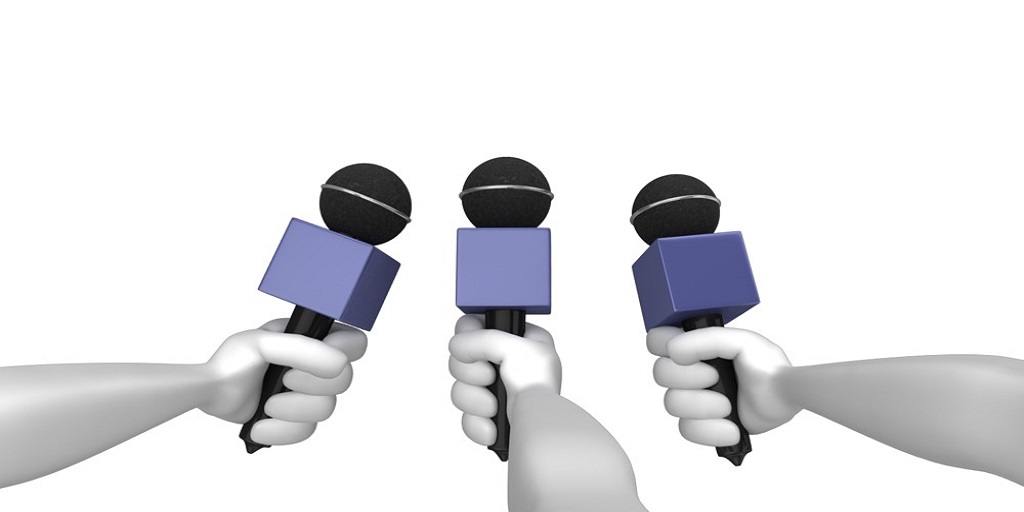Meet Copyright & Trademark Attorney, Erin Gormley
Erin Gormley is one of our star attorneys at Kloss, Stenger, and LoTempio. With an interest in music and art, Erin specializes in trademark and copyright law. She has been featured in the Buffalo Business First as one of the Emerging Attorneys in Buffalo. Let’s take a look at some of the laws that Erin works with on a day to day basis.
To read the full article on Erin Gormley in the Buffalo Business First, click here.
Trademarks and Trademark law
A trademark is defined as a “word, phrase, logo, or other sensory symbol used by a manufacturer or seller to distinguish its products or services from those of others.” Trademark law provides protection for marks that can serve as a source identifier. Generally, a source identifier would imply that consumers can somehow associate the mark with a certain producer of goods or services. If consumers do not initially associate the product or service does with the producer or manufacturer, then the mark may be descriptive or generic.
What is a descriptive mark?
A descriptive mark is “[a] trademark that is a meaningful word in common usage or that merely describes or suggests a product.” Descriptive marks are generally not considered inherently distinctive, meaning they first must obtain secondary meaning before they can gain protection. Secondary meaning is a “special sense that a trademark or tradename for a business, goods, or services has acquired .” Descriptive marks are different from generic marks.
What is a generic mark?
A generic mark is usually a term that describes a category of goods. For example, think of the word cola. This term would describe all types of colas. Generally, generic marks cannot be registered as federal trademarks, even if they obtain secondary meaning. One reason why is that generic marks describe an entire category of goods and allowing them to be trademarked would prevent many manufacturers from describing their products. This imposes burdens on both the consumer and manufacturers.
How does trademark infringement occur?
Trademark infringement occurs when a party uses the same or similar mark without authorization from the trademark holder and causes a likelihood of confusion. Let’s use Nike as an example. They have trademarks for the word “Nike” itself and their famous swoosh logo. Trademark infringement may occur if a party that is not affiliated with Nike begins to use the word “Nyke” for sneakers and footwear. Some consumers may probably think “Nyke” products are somehow associated with “Nike” products, which may amount to a likelihood of confusion and trademark infringement.
Copyright and Copyright law
Copyright is defined as “a property right in an original work of authorship (including literary, musical, dramatic, choreographic, pictorial, graphic, sculptural, and architectural works; motion pictures and other audiovisual works; and sound recordings) fixed in any tangible medium of expression, giving the holder the exclusive right to reproduce, adapt, distribute, perform, and display the work. In essence, copyright law provides protection for original works of authorship.
How does copyright infringement occur?
Under copyright law, the copyright holder is given several exclusive rights. Violation of any of these rights will amount to copyright infringement. These rights include the right to:
(1) to reproduce the copyrighted work in copies or phonorecords;
(2) to prepare derivative works based upon the copyrighted work;
(3) to distribute copies or phonorecords of the copyrighted work to the public by sale or other transfer of ownership, or by rental, lease, or lending;
(4) in the case of literary, musical, dramatic, and choreographic works, pantomimes, and motion pictures and other audiovisual works, to perform the copyrighted work publicly;
(5) in the case of literary, musical, dramatic, and choreographic works, pantomimes, and pictorial, graphic, or sculptural works, including the individual images of a motion picture or other audiovisual work, to display the copyrighted work publicly; and
(6) in the case of sound recordings, to perform the copyrighted work publicly by means of a digital audio transmission.
An example of copyright infringement
Let’s say an artist makes a wonderful painting. Artist then has a friend who copies this painting exactly. The friend would would then violate the artist’s right to reproduce copyrighted copies of the work.
What are your thoughts on trademark law? How about copyright law? Leave a comment below to let us know what you think!
Interested in more IP? Here’s a video!
Sign up today!
Does this article interest you? Subscribe to the LoTempio Law email newsletter to receive posts and updates just like this conveniently in your email box!
If you’ve enjoyed this blog post, we have lots more where this came from, including an Inventors Guide Video Series where we help you turn your good idea into a profitable invention, and tons of other great content. Check out our Youtube channel, PatentHome for more!
Simply enter your email address and hit sign up and you’ll get everything, including blog posts like these, conveniently in your email box!
Have any questions? Give us a call at 1-800-866-0039. Consultations are FREE.
Disclaimer: This article is not legal advice. It is only for educational or entertainment purposes only. Please do not use the article or contents of the article without permission. For legal advice and questions, please contact registered Patent Attorney Vincent LoTempio.




